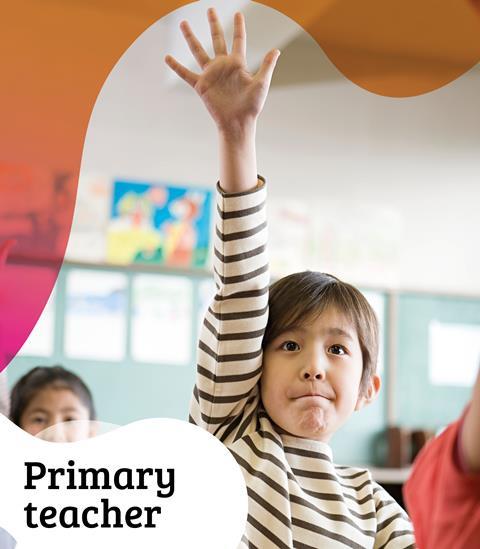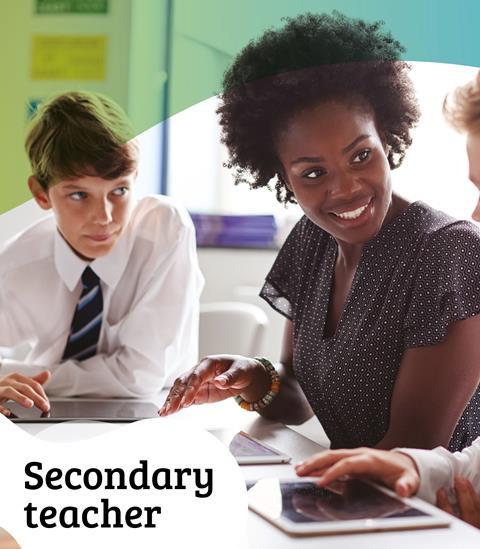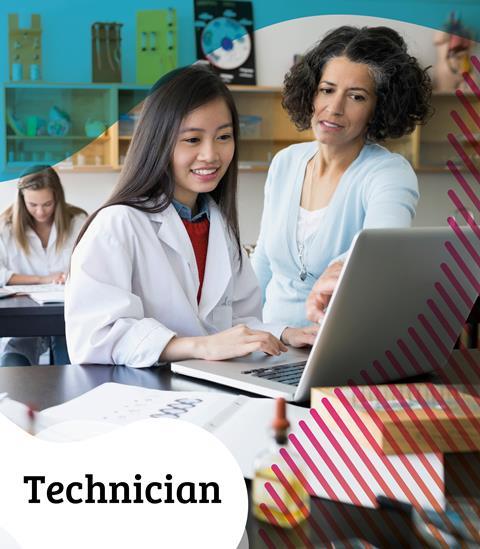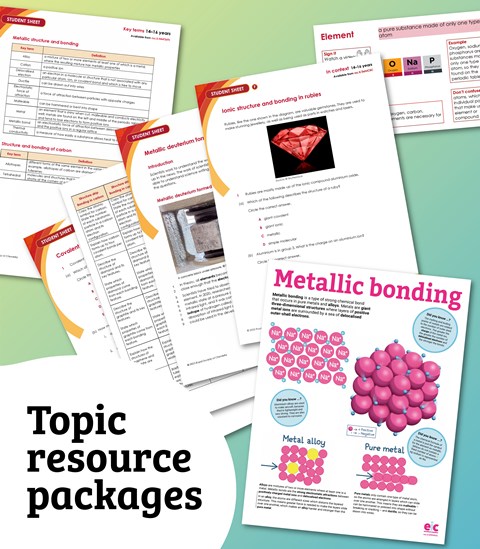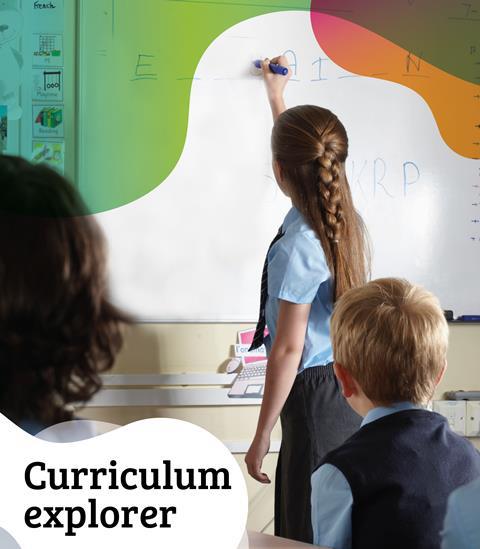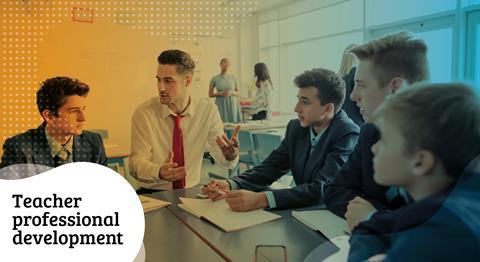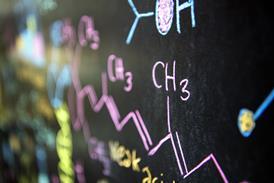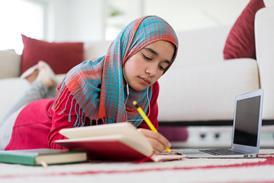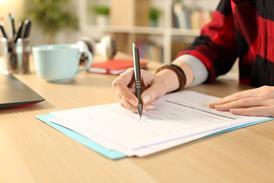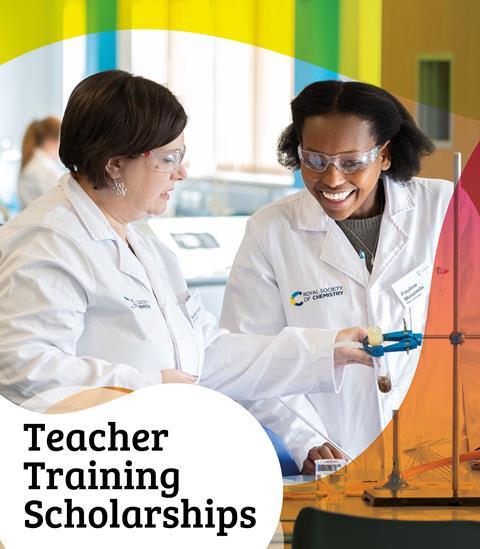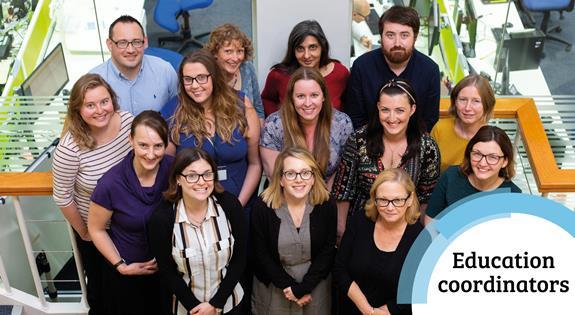All Cross-curriculum articles – Page 4
-
 Resource
ResourceThe Tudors: science ideas webs
A web of suggested ideas for linking science with the topic the Tudors. You can learn history and science together with activities for different age groups.
-
 Resource
ResourceThe Vikings: science ideas webs
A web of suggested ideas for linking science with the topic the Vikings. You can learn history and science together with activities for different age groups.
-
 Resource
ResourceThe golden age of Islamic science: science ideas webs
A web of suggested ideas for linking science with the topic the golden age of Islamic science. You can learn history and science together with activities for different age groups.
-
 Resource
ResourceWorld War II: science ideas webs
A web of suggested ideas for linking science with the topic World War II. You can learn history and science together with activities for different age groups.
-
 Resource
ResourceAncient Greece: science ideas webs
A web of suggested ideas for linking science with the topic the Ancient Greece. You can learn history and science together with activities for different age groups.
-
 Resource
ResourceNa Lochlannaich: lìontan nam beachdan saidheans
Lìon nam beachdan mollaichte airson ceangal a dhèanamh eadar saidheans agus an cuspair na Lochlannaich. Faodaidh tu eachdraidh agus saidheans ionnsachadh còmhla le gnìomhachasan airson buidhnean de dh’aoisean diofraichte
-
 Resource
ResourceAn Dàrna Cogadh: lìontan nam beachdan saidheans
Lìon nam beachdan mollaichte airson ceangal a dhèanamh eadar saidheans agus cuspair An Dàrna Cogadh. Faodaidh tu eachdraidh agus saidheans ionnsachadh còmhla le gnìomhachasan airson buidhnean de dh’aoisean diofraichte
-
 Resource
ResourceExperiment with the Vikings
A comprehensive collection of activities to incorporate science into your Vikings lessons. Topics include everyday life; weapons and warfare; travel and trade; and how modern day archaeologists use science to investigate Viking life.
-
 Resource
ResourceAdditional resources - That’s Chemistry!
Additional resources from That’s Chemistry! These resources include: an introduction to the book; information about how to effectively use the concept cartoons included in the book; suggestions on how to use ICT to enhance teaching and learning.
-
 Resource
ResourceRoman glass and its chemistry
Roman glass is found all over the Roman Empire, but how different is it?
-
 Resource
ResourcePrehistoric pigments
What pigments were used for cave painting and where did they come from?
-
 Resource
ResourceBubble volcanoes
In this experiment, students describe what is observed when ethanoic acid and sodium hydrogen carbonate are mixed, using key terms such as reaction, fizzing or effervesce and gas.
-
 Resource
ResourceMaking concrete
In this experiment, students determine how different sized materials with binder increase the stability and strength of mortar and concrete. Also, students can test how altering the proportions of cement, water and different aggregates affects concrete’s properties.
-
 Resource
ResourcePlaster of Paris
In this experiment, students produce Plaster of Paris, which they then use to produce a cast, in order to identify the items that have left an impression in an apple.
-
 Resource
ResourceRoman art - wall painting techniques
Pompeii and Herculaneum have been described as towns frozen in time. Houses and villas with their furniture, food, people, jewellery and pets have been preserved. One thing that strikes all visitors to Pompeii and Herculaneum is the amount of colour on the walls of the buildings. It is perhaps the most obvious feature of Roman art.
-
 Resource
ResourceRoman commerce in pigments
Did the Romans use the same materials as the Greeks in their painting? And where did the pigments come from?
-
 Resource
ResourceAncient Roman art: an imitation of Greek art?
A traditionally accepted view of ancient Roman art is they borrowed from, and copied, Greek precedents. The picture, however, is more complex and recent archaeological research indicates Roman art is highly creative.
-
 Resource
ResourceVerdigris copper
In this experiment, students deliberately corrode copper, to produce a pigment called verdigris. Students can then explain their observations using their knowledge of redox reactions.
-
 Resource
ResourceHow to make a lake pigment paint
Use this experiment to show your learners how to make and analyse the properties of a lake pigment paint
-
 Resource
ResourceMagic writing with sodium nitrate solution
In this experiment, students write a hidden message using invisible ink and watch what happens when a glowing splint touches their message.

